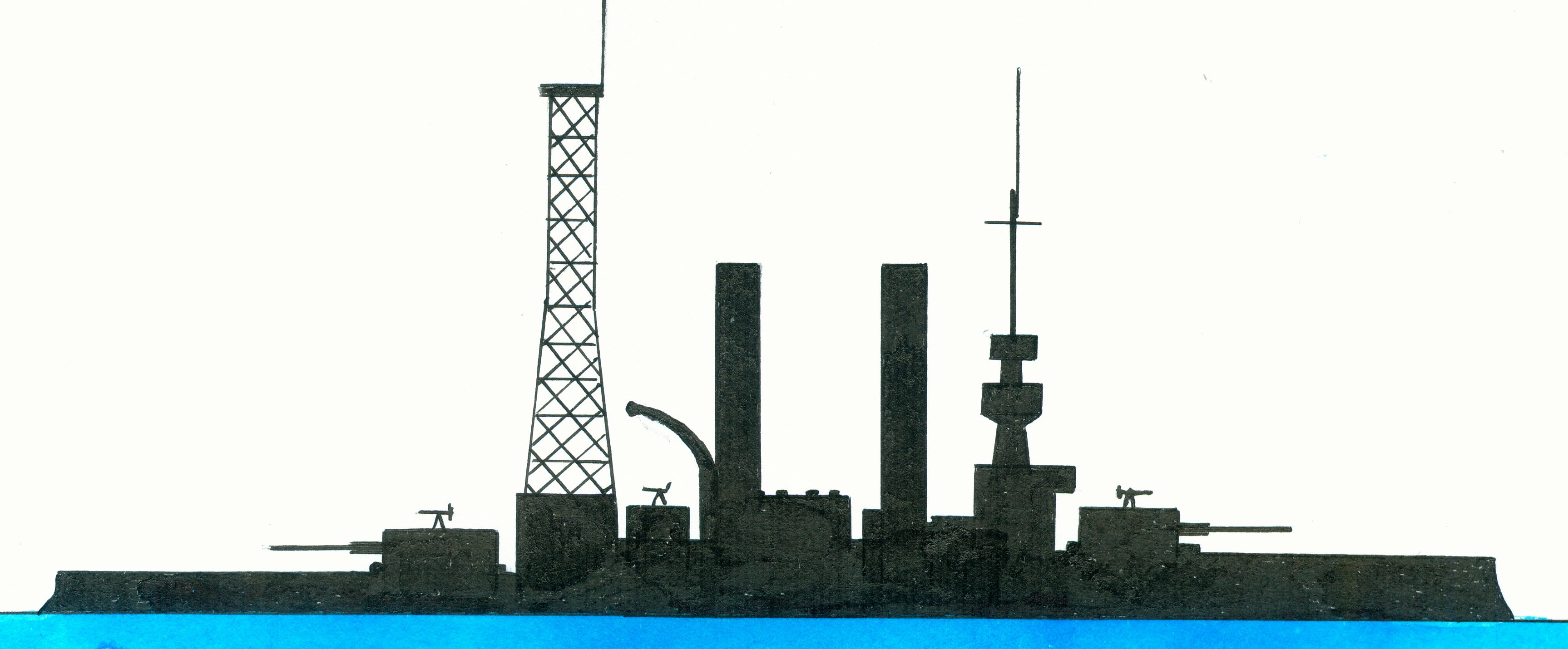Indiana-class
USS Iowa
Indiana-class consisting of the Oregon, Massachusetts and Indiana, preceded by the Maine and Texas and succeeded by the Iowa. The first American battleships which were comparable by the ones built for European navies although still for coastal defence tasks with a freeboard such low that it was dangerous to act on the open oceans.
Building ordered on 30 June 1890, laid down at William Cramp&Sons Ship&Engine Building Corporation, Philadelphia, USA on 25 June 1891, launched by Leila Herbert on 10 June 1893, commissioned on 10 June 1896, decommissioned on 8 January 1906, modernized including improving balance and traversing of main gun turrets, , although considered to be obsolete still recommissioned on 2 May 1910, decommissioned on 23 May 1914, recommissioned on 9 June 1917, renamed Coast battleship Number 2 on 29 March 1919, decommissioned on 31 March 1919, stricken on 22 November 1920, loaned to the War Department, scuttled in shallow water off the coast of Pensacola, Florida, USA becoming a target for artillery experiments by the coastal batteries of Fort Pickens and even railway artillery since January 1921, transferred back to the navy on 20 February 1925, efforts to sell her to be broken up then and in 1956 were fruitless lacking satisfying bids and nowadays still existing as an artificial reef.
Displacement 10.453 (standard) tons and as dimensions 109 (waterline)-106,96 (over all) x 21,11 (waterline) x 8,2 metres or 350.11-358 x 69.3 x 27 feet. The machinery consisted of 2 sets vertical inverted triple expansion reciprocating steam engines and 4 originally 4 double-ended Scotch boilers (replaced after 1906 by 8 Babcock&Wilcox boilers) delivering 9.000 ihp (design) allowing a speed of 15 knots (design). The crew numbered 473 men (included 32 officers). The Harvey and nickel steel made armour consisted of a 10,2/4”-45,7cm/18” thick belt, with the main gun turrets, main barbettes, secondary gun turrets, secondary barbettes and conning tower protected by respectively 38,1cm/15”, 43,2cm/17”, 12,7cm/5”-20,3cm/8”, 20,3cm/8” and 22,9cm/9”. The main belt was in most circumstances insufficient while it was too low situated. The armament consisted of 2x2-33cm/13” /35 cal guns, 4x2-20,3cm/8” 35 cal guns, 4x1-15,2cm/6” /40 cal guns, 205,7cm/2.2”/6pd guns, 6-3,7cm/1.5”/1pd guns and 6-45,7cm/18” Whitehead torpedo tubes. After 1907 were the 6” guns ant the major part of the smaller calibre guns replaced by 12-7,7cm/3” 50/cal guns and adding a lattice mast.


